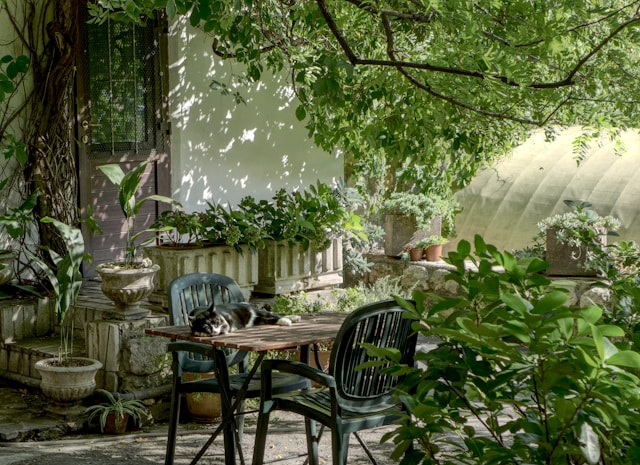I think what fascinates me the most about many of our native herbs is how the Native American Tribes found uses for them. Many times by observing what was going on in nature itself. It is said that they first discovered Echinacea Angustifolia by observing how the Elk would seek it out to eat when they were sick or wounded. In turn the people found it useful for healing wounds and even snake bites. They made the discovery of a very beneficial plant for a whole host of ailments. I can’t find where modern science can pin down its benefits through their research. It appears that what research has been done has not been with thorough studies. For the most part I’ve found that our modern day scientist have found it to aid as a cold remedy. I think it is good when researchers can find what properties there are in herbs that are beneficial. But I think we learn far more by observing nature as the Native People did hundreds of years ago. I want to think of the Elk with the same respect as our ancient cultures did. Even though we don’t have Elk roaming the Prairie of Southeast Texas, we do have plenty of wildlife that could benefit from such an herb as Echinacea. When I roam the gardens with my camera in hand I can always rely on finding an abundance of wildlife adorning this herb, from birds to bees and an assortment of butterflies. I think that perhaps if Elk found it medicinal that perhaps deer might as well. I think it is critical to create as many natural habitats as possible especially with our country loosing most habitats. Most of the loss is due to the expanding populations and development as well as the thousands of acres being farmed for food crops and biofuels.
The Echinacea you see in my gardens is the Purple Coneflower or E. Pupurea. It is a herb that is native throughout North America in a wide variety of terrains. It does extremely well in drought prone areas and so requires very little watering. It grows from a tap root and spreads fairly well. When the weather cools a bit in October here in the south, I divide it up to start new plants. It does have a pretty good germination rate, so growing them from seed is easily achieved. I first started mine from seed some 6 years ago and directly sowed them in the fall. I try to keep my plants growing with other companion plants that appreciate the same growing conditions and water requirements. My Echinacea shares its beds with a variety of Salvias and Lavender as well as other native herbs and flowers. It begins to bloom in late spring and lasts well into fall providing brilliant purple flowers throughout the entire summer. They also make a splendid display as cut flowers and they last for a couple weeks in a vase of plain water.
It is my hope that developers as well as homeowners will acknowledge the demand for diversity before it is all gone. We should all garden and landscape with wildlife in mind. Big farms should also put diversity in practice. We should indeed insist upon a diverse world with future generations in our minds and hearts. What a fabulous and easy to grow herb that our children can observe. What will they discover that could benefit all of mankind? Happy Gardening!
- Wild Dagga Motherwort Medicinal Herb - November 11, 2013
- Grow The Best Organic Lettuce - November 4, 2013
- Amish Hot Pepper Mustard - October 23, 2013

One thought on “Herbs For Wildlife – Echinacea”